Table of Contents
It has been over 22 years ever since the first iMac was unveiled. It has come a long way, evolving significantly over the years. Apple has led the innovations for the digital world, known for constantly pushing the boundaries; even when it comes to iMac, they’ve helped laid down strong bases for availing powerful personal computers to customers for decades to come.
From getting powered by Power PC, then having a long run with the Intel Line-up, now to their in-house Apple chips, the developers are innovation-driven, trying to create marvels having a substantial impact on humanity. Then, Vice-President of Industrial Design, John Ive, helped create the Futuristic yet Retro-looking computer.
iMac G3
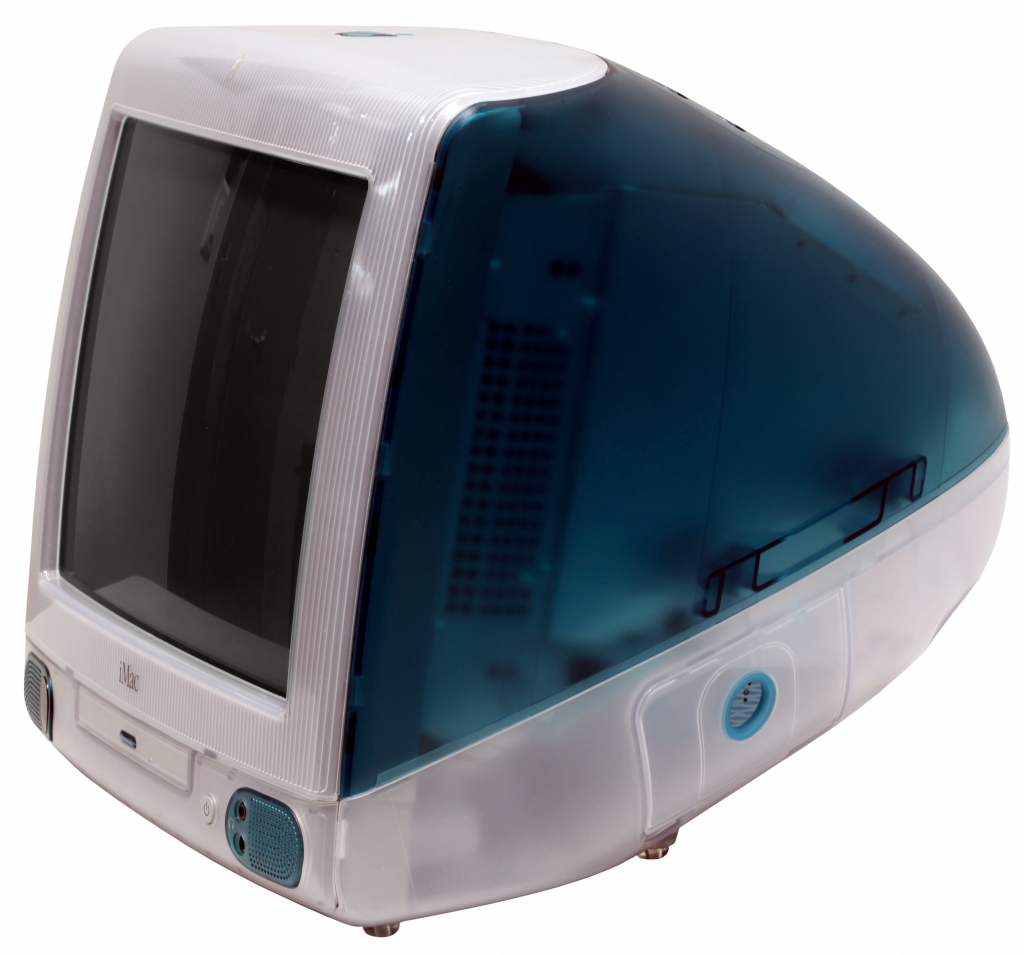
The Original iMac’s design looked staggering and impressive. A complete revelation from the beige boxes, it was a computer full of firsts. iMac G3 became Apple’s computer from the Internet era and eventually commenced their ‘i’ branding. It revolutionized the entire computing world with sonic and vibrant hues, proving that computers can look fabulous. The vibrant colours displayed nerve and came off as a bold statement in the era of ambiguity. Sydney’s Bondi Beach allegedly inspired the first colour, ‘Bondi Blue’, chosen for the iMac. Later, assorted colours like Strawberry, blueberry, tangerine, lime, and grape were announced by the founder Steve Jobs.
It embellished the computers and empowered users to express themselves goaded on to another level. Set-off a fashion statement; these also motivated makers to continue their line of Veblen goods. The developers used translucent plastics for engineering the colourful macs, but it was a strenuous task. Steve Jobs mentioned that these plastics didn’t exist when the company started with their research. It took them over six months to achieve the desired colour. These different iMac flavours were rolled out until 2003 when the next-generation iMac G4 replaced them. The G4, again leading from the front, introduced LCDs to mainstream computers. It took them less than a year to release an outright change in design.
iMac G4
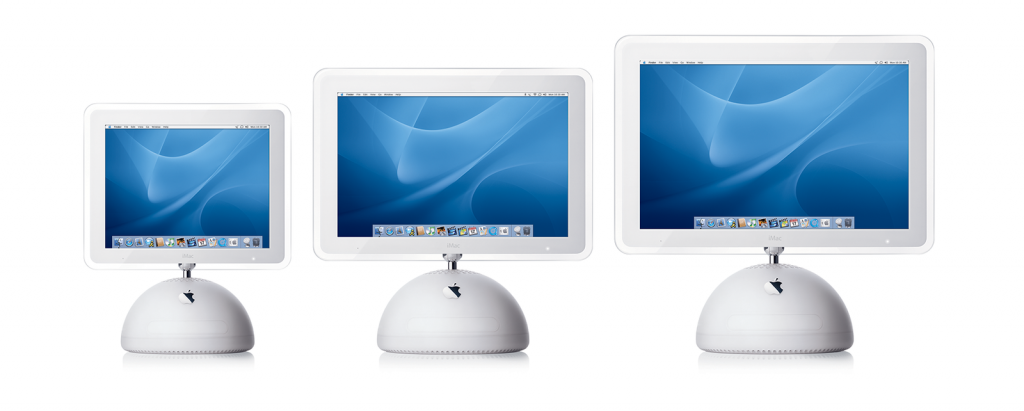
The comparatively lighter display adjusts to an agile arm mounted above the computer on its half-sphere base, evocating the Luxo lamp from Pixar’s famous short film and logo. It has been nicknamed ‘iLamp’ because of its pivoting monitor. Fascinatingly, the G4’s was the only one with external speakers, which came in pairs of orbs, where developers collaborated with Harmon Kardon. Every other iMac had integrated speakers, which worked decently, nothing too significant in comparison. Alongside the G4, an eMac was made available at lower prices for the education market.
iMac G5
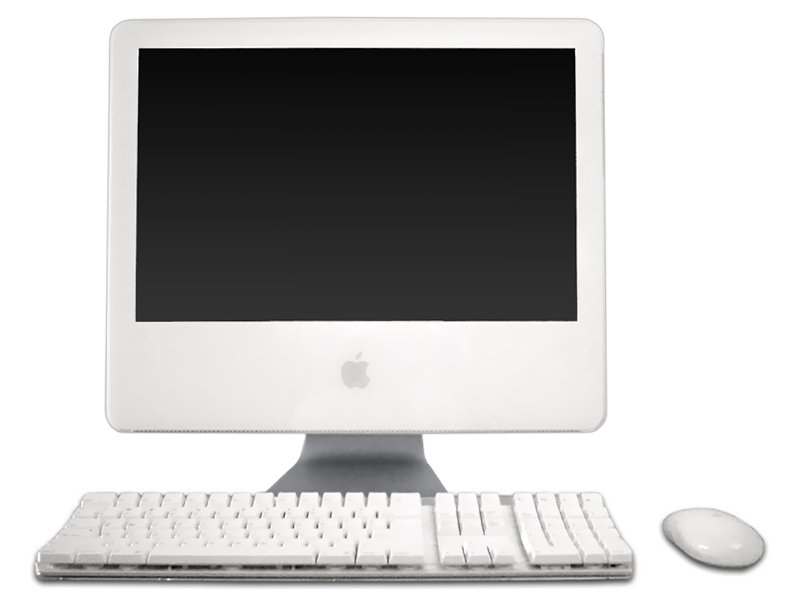
Then came the G5s, which astonishingly looked similar to the Intel-based iMacs, which are being used today. An LCD monitor is attached to a simple aluminium frame. Intending to minimalize the product design, all the I/O were thrown at the back, exactly like the ones we have on our desktops today, built from the white polycarbonate material, trying to accomplish a brand image, sharing with their iPod line-up.
At the inception of the Intel-based iMacs, the G5 design was carried on, having changes on the internals. These packed all the components required to provide that slim feel. These iMacs remarked to have 1920 x 1200 display panels, offering the first 1080p content.
2007 brought in a complete material change over, discarding the polycarbonate and using the richness of aluminium and glass. An aluminium frame surrounded the glass display with glass bezels rounded in each corner. This redesign lasted for three generations until 2009 October.
New Era of iMacs
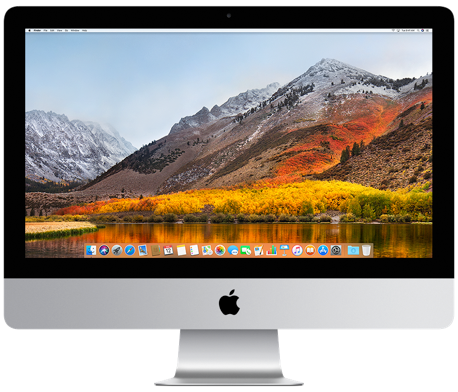
The 2009 Unibody iMac has an incompressible front angle to the latest iMacs, but they differ in thickness and offer optical drives. Powered by intel chips on the inside, it consisted of new displays of 21.5 and 27 inches, with a 16:9 aspect ratio. Using aluminium and glass as primary materials for the outer physique made the iMacs deservingly more opulent. The wide, now LED-backlit panels were beautifully crafted for creative processes and media consumption.
Apple was determined on making the iMacs even thinner, and persisting on it drove them to create a modern engineering marvel. It was launching the new, a slim unibody iMac, with a powerful Intel processor. Laced even thinner display, cued with a laminated panel coated by a plasma deposition process, made it 75% less reflective. “Isn’t it amazing how something new makes the previous thing instantly look old?” Marketing SVP Phil Schiller commented during the reveal.
It was 2014, and the retina display came into action. The display doubled the pixel count on both sides in 4K, designated ‘Retina Display’. First witnessed on the 27-inch model, and later on, the 21.5-inch, 5K and 4K panels provided the maker’s tough challenge with the internals. They had to make changes on every internal part to support such high resolution.
Even though the iMac’s design was moving forward on the exterior architecture, the developers faced another limitation – the slow, spinning hard drive. The Solid-State Drives (SSDs) were too costly an option, so Apple’s solution was the Fusion Drive. A hybrid storage option that combined the performance of a solid-state drive with the capacity of a traditional hard drive by fusing two separate volumes in software. We keep in mind that it hasn’t been the same since G3; combining essential internet accessibility and the minimalism of Mac was enough to exceed current expectations. Apple had to deliver something significant.
2017, where the iMacs become even more powerful and professional. iMac Pro arrives, with top-end specs, specifically targeting a particular portion of customers. True to the innovation drive of Apple, they once again added even brighter and more pixelated, colour-accurate displays. It fit right with the needs of creative professionals, having more powerful hardware, luminescent display, and that fluent Apple ecosystem. The iMac Pro wasn’t just a more powerful device; it had been completely re-engineered. Thin Aluminium frame surrounded 5K display, and the new Space Grey colour distinguished it from other Macs, quite apparent that you’re glancing at an iMac with extraordinary configuration.
The iMac Pro is a beast, but it couldn’t burgeon. It doesn’t receive enough love from the developers as well, making it unsure whether the line-up might see another ‘Pro’ variant to exist going forward.
The Latest iMac
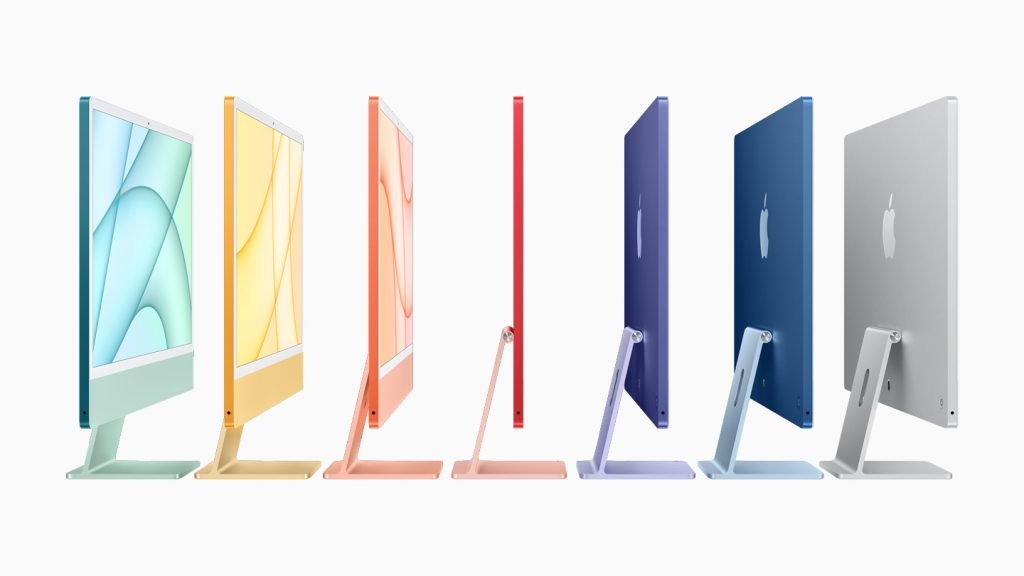
The Latest iMac 2021 comes with an Apple-designed M1 Arm-based Chip, discontinuing the intel line. Apple Silicon Chip has revolutionized the MacBook, offering colossal battery life and performance improvements, now promises the same boost to the all-in-one desktops. The M1 chip Geekbench performance scores of the entry-level iMac destroy all other Macs ever to be built, even those priced higher, including Mac Pro 2019, which itself is a potent computer ever to be made.
The iMac on the outside had been strikingly similar to a date, but a complete redesign cut thick bezels that wrapped the glass screen. The design is now skinny, so much that the 3.5mm headphone jack can’t connect perpendicularly. The iMacs this time around have offered seven vibrant colours to choose from, just like old times. A tidy bit quieter, as the thermals of M1 Chip come to action, allowing the integration seamlessly and efficiently. An improved facetime, updated to 1080p offering superior video calls, has become new norms during these distorting times.
Apple starts shipping these new iMacs from 2021, but the inventiveness doesn’t come to a halt, as they are constantly working on creating products for the future and try to lead it from the forefront. Rumours suggest that Apple is developing Apple pencils that are compatible with the iMac, which could be remarkable for many creators. The M1 is also tweaked to function even better, eventually becoming M2, increasing the performance gap even wider against its rival competitors. Research on a compatible display by increasing the pixel count, which flabbergastingly has been degraded to a 4.5K display this time.
The foreseeable future of the iMac looks brighter than ever. The Covid-19 pandemic disrupt had witnessed increasing work from home situations, and the employable users require a powerful desktop computer, which increases demands drastically. Even Apple services and ecosystem advantages are providing a vital boost to these computers. Not to count out the innovation-driven mindset of Apple to exceed expectations accounts for the memorable success of iMacs. John Ive sums it up clearly as he said Apple’s approach was to “evolve a solution until it seems completely inevitable, completely essential.”
iMac is an uncompromising tale of innovation, an endless evolution for one of humankind’s most incredible engineering marvels. A corroboration that flickering vision does come true.

